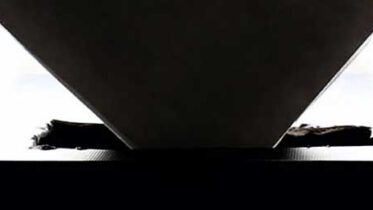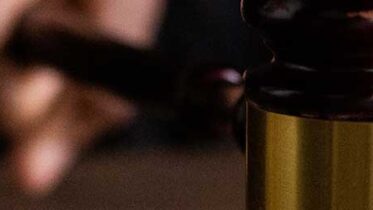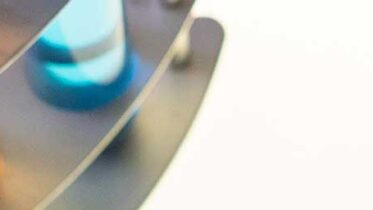Particularities of the substantive examination in Colombia
- 05 August 2019
- Articles
If Colombia is one of the countries of your interest to seek patent protection, it is important to take into account certain aspects of the substantive examination that could be specific with respect to some common jurisdictions. The foregoing, in order to determine the possibility of adjusting an application to achieve the best possible protection. In this regard, it is recommended to keep in mind that the Patent Office is very demanding in terms of the clarity of the claims, which could affect the prosecution, when the Description does not provide the necessary information to amend them.
It is worth mentioning that in Colombia it is possible to enter by means of the Paris Convention or the PCT Treaty. For the latter, there are 31 months counted from the oldest date: priority or initial filing, as appropriate.
In case Colombia is a country of high commercial interest, the recommendation would be to write the application from the beginning, taking into account the particularities that will be discussed below. This will avoid possible inconveniences and facilitate the prosecution of the application, although this will also depend on the fulfillment of patentability requirements (novelty and inventive step). The particularities in Colombia, according to the type of invention, are the following:
- Biotechnology: it is important to keep in mind that biological material as it is found in nature is not patentable in Colombia. However, the modified biological material is. As a general recommendation, it is important to point out that claims of this type of inventions must be characterized in terms of components and structure, since their definition is not allowed in terms of results, effects, advantages or uses.
- Equipment, devices, apparatuses and systems: as in the previous case, it is required that the claims are characterized in terms of components and structure. In addition, it is required to explain the relationship between the components (arrangement, connection). In this technical field, the use of functionalities is allowed to clearly describe the invention. However, the functionalities will be ignored as technical characteristics that grant novelty or inventive step to the application, they will only be considered as information to understand the invention.
- Markush formulas: it is allowed to define a compound using a Markush formula, but please bear in mind that the Patent Office is demanding in terms of the support provided by the Description. Most examiners will demand to restrict the scope of the Markush formula to a ‘reasonable generalization’ with respect to the examples included in the Description. It is therefore important to have a high number of examples, if a broad protection is desired.
- Compositions: this type of inventions will require claims to be characterized in terms of components and proportions of said components. As in the case of inventions in biotechnology, their characterization is not allowed in terms of results, effects, advantages or uses. Normally, the Patent Office will demand to eliminate those claims that seek to protect the base composition plus other components defined generally (for example, by its function), that do not find a support in the Description, particularly in the experimental results.
- Software: although software per se is not patentable in Colombia, computer-implemented inventions are. In this sense, it will be important to bear in mind that the Patent Office is very demanding with the evaluation of the clarity of these claims, since they will require to be characterized in terms of components and structure: it is not allowed to define an invention solely in terms of intangible elements. The functionalities should be included with care, avoiding that are considered as results to be achieved. If methods are presented, they should also make reference to the tangible elements that allow carrying out the indicated steps.
- Polymorphs: the practice in Colombia considers that polymorphs are patentable, however, the Patent Office will demand that the claims are characterized in terms of at least 20 peaks of the X-ray powder diffraction pattern (other methods are accepted, but this is usually the most common). Another very important characteristic of this type of inventions is that the inventive step analysis will be very demanding: in general, referring to ‘expected’ characteristics of a polymorph, such as better hygroscopic behavior or greater stability will not be considered sufficient to comply with this requirement. The presence of experimental results in the Description that demonstrate a better therapeutic behavior or the solution to a technical problem not yet resolved, is recommended.
- Oil & Gas: in this field, it is common to seek protection for methods that involve the use of a composition already known for different applications. A particularity that may affect the analysis of these inventions is that in Colombia it is not allowed to define a method in terms of a product. For this reason, it is best to have sufficient information in the Description that allows defining a method in real terms of steps and conditions: the mere reference to the use of the composition will not be sufficient and it is likely that the application will encounter obstacles to be granted.
As a final point, it is desired to highlight matter which is not patentable in Colombia and that may face obstacles during prosecution: uses, new or second uses of patented matter, therapeutic and treatment methods, biological material simply isolated from nature, all or part of living beings, the plans, rules and methods for the exercise of intellectual activities, games or economic-commercial activities, software and forms of presenting information, plants, animals and essentially biological processes for the production of plants or animals that are not non-biological or microbiological processes. Claims related to this type of inventions will hardly find an alternative wording that allows overcoming the objections.
Another important point is that the practice in Colombia is demanding with the use of expressions that are considered ambiguous and that probably require the applicant to define the invention more clearly and concisely. Common expressions in the field of patents such as ‘at least’, ‘approximately’, ‘about’, ‘or less’, ‘or more’, ‘one or more’, ‘equal or greater than’, etc., will have a high probability of being objected and may usually be overcome by defining specific expressions or specific numerical ranges, depending on the support provided by the Description.









